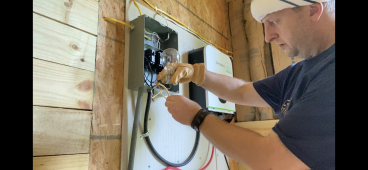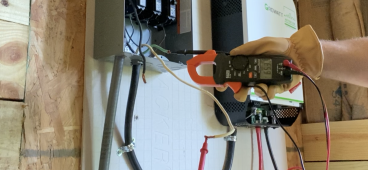johnskdyvn
New Member
- Joined
- Nov 8, 2021
- Messages
- 53
Just confirmed. 65v now and NO light whatsoever. ?Incandescent, good.
Can you confirm that with light bulb between N and G, the light did not even glow dimly, and there was still 57V while the bulb was connected?





